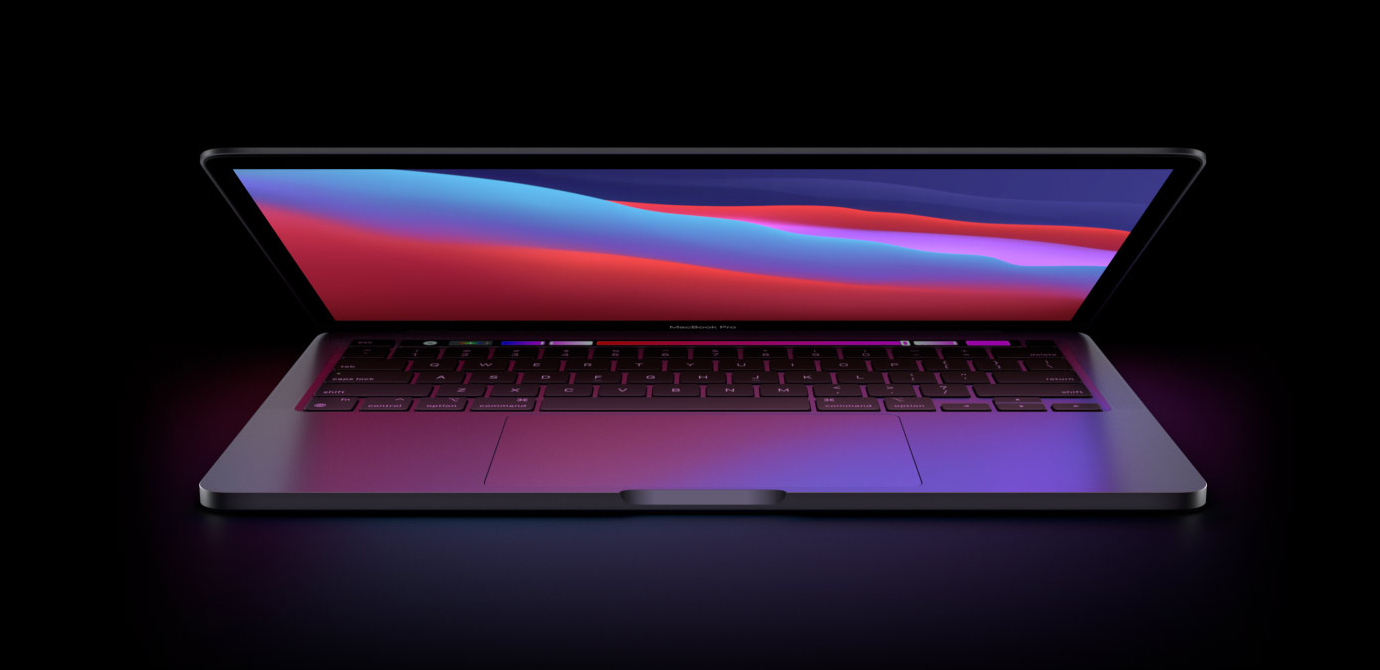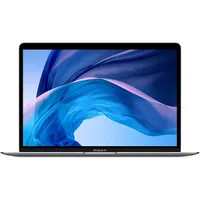MacBook Pro 16-inch M1X chip just leaked — and it's game over for Intel

The era of Apple Silicon is in full swing, and Apple’s decision to bring its chip development in house seems to be paying off in a big way. All you need to look at is our MacBook Air M1 review.
The M1 chip has absolutely smashed the records set by Intel-powered MacBooks while offering considering longer battery life. And Apple isn't stopping there. We’re already hearing rumors of a new chip, the M1X, which could be launching next year.
- Macbook Air with M1 review: A computing revolution
- What should you buy? MacBook Air vs IPad Pro
- Just in: Hurry! New MacBook Air M1 just hit lowest price yet
Cyber MacBook deals
You can save big on Apple's laptops with the best Cyber Monday MacBook deals. The new MacBook Air M1 is $100 off right now.
The M1 has already been a big success for Apple. Our Apple Silicon benchmarks on the M1 chip show that Apple's processor blows away Intel's latest chip on Geekbench, video transcoding and Photoshop.
So the prospect of an even more powerful chip for the 16-inch MacBook Pro 2021 is rather exciting.
Apple M1X:-12 Cores.- 8 performance cores.- 4 high efficiency cores.- Coming first on a MacBook Pro 16” unveiling as a press release.- According to a source who used a prototype, “if you think M1 is fast, you haven’t seen M1X”.-Name isn’t final though. pic.twitter.com/tpBhXpDCadNovember 22, 2020
According to @LeaksApplePro, who has a good track record with this sort of thing, the M1X is set to debut in a 16-inch MacBook Pro sometime next year. Considering the 16-inch MacBook Pro is the flagship MacBook right now, it makes sense that Apple would use it to launch an ever better chipset. Especially if it really is this much faster than the M1 chip in the 13-inch MacBook Pro.
And if the details about the number of cores are true, then this really is set out to be one hell of a chip. Just for reference, the current M1 chip only has eight cores in total, with four high-performance and four efficient cores inside. Eight performance cores is going to be a sight to see, assuming Apple can keep the power requirements at manageable levels.
The only questions we have are whether the M1X name will stick, and when it might arrive. After all, if it’s really got double the number of performance cores, Apple may want to pick a name that reflects the boost in power. As for when it will be released, it could be any time between now early next year. Especially if there’s only going to be a press release, and no big launch event.
Get instant access to breaking news, the hottest reviews, great deals and helpful tips.

Tom is the Tom's Guide's UK Phones Editor, tackling the latest smartphone news and vocally expressing his opinions about upcoming features or changes. It's long way from his days as editor of Gizmodo UK, when pretty much everything was on the table. He’s usually found trying to squeeze another giant Lego set onto the shelf, draining very large cups of coffee, or complaining about how terrible his Smart TV is.

